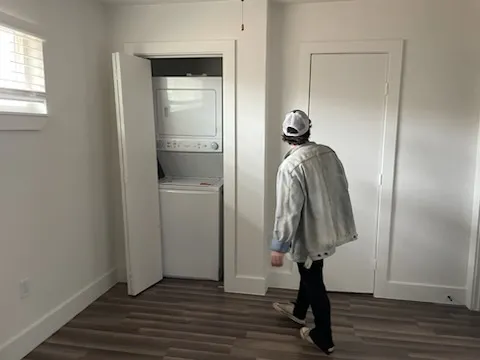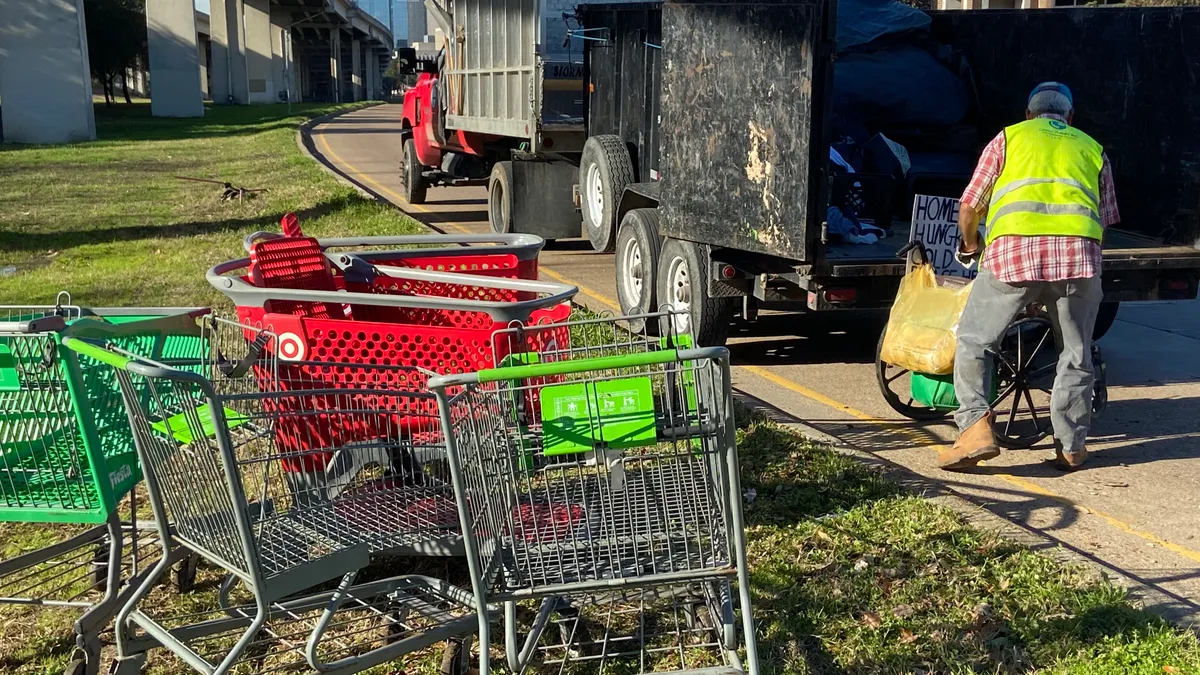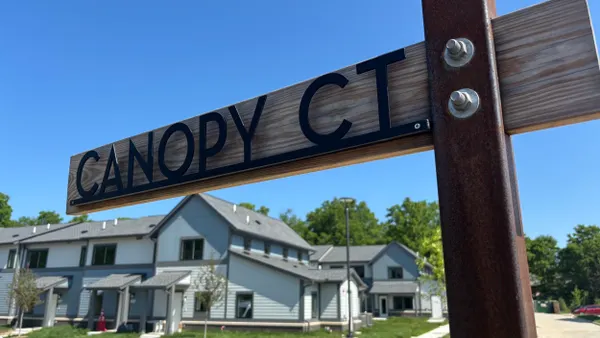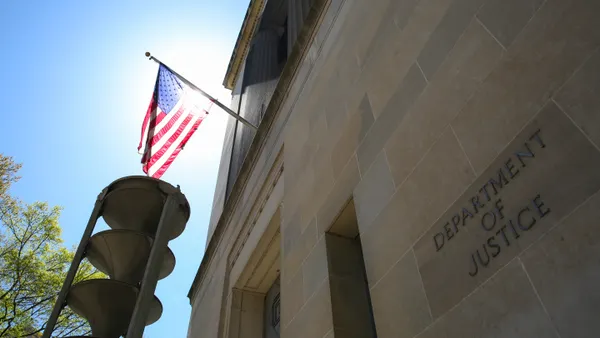Three years ago, Dallas transformed how it was tackling homelessness with the All Neighbors Coalition, a group of what is now 150 local organizations working to solve homelessness, says Sarah Kahn, president and CEO of Housing Forward, the coalition’s lead agency.
That meant that instead of member groups each trying separately to solve homelessness one person at a time, they could come together around a unified strategy, Kahn said. The new system allowed for public and private funding to be aligned around getting people experiencing homelessness into permanent housing with connections to support services.
The new approach is working in Dallas and Collin counties, according to local officials: Homelessness overall is down by 19% compared with 2021, and unsheltered homelessness is down 24%, according to point-in-time counts. “We are decreasing homelessness at a time where the nation has seen record increases in homelessness,” Kahn said.
One of the successful strategies in the Dallas area has been the coalition’s “Street-To-Home” encampment response, Kahn said, which entails bringing behavioral health care and rehousing assistance on-site to encampments and eventually shutting the encampment down. The process usually takes eight weeks from start to finish, she said.
“By the end of that eight-week process, people then are literally signing a lease and being supported to move their belongings directly into their own apartment,” Kahn said.
About five staff members work as “housing locators,” building relationships with landlords to identify available housing units. That means when the “Street-to-Home” response team arrives at an encampment, they already have a centralized database with available vacant units, Kahn said. Participating landlords get a sign-on bonus of $1,000 per unit leased along with a guarantee that the rent will get paid, she said.
The on-site response team also helps people get new identification documents if needed and provides computers so people can apply for housing units or vouchers.

This approach is a shift from local governments’ traditional response of offering people living in encampments temporary shelter and then clearing the area, she said. “In that situation, we're not actually resolving the encampment,” Kahn said “People are just kind of packing up their things and moving two blocks down.” She noted that people often live outside because they don’t feel that they can use shelters for some reason; they might have pets, be in a couple or be suffering from serious mental health issues.
Houston’s successful housing-first model for addressing homelessness has served as a blueprint for the Dallas program, Kahn said.
Kahn said her teams are finding that what a vast majority of people living outside want is a housing solution. “When we go on-site and engage with folks at those locations, 95% of the time people say yes to wanting to work with us on housing,” Kahn said. “There's a myth often that people who are living outside or people that are unsheltered are service-resistant, and that's just not the experience that we've had as a community.”
A crucial role of the local government is making sure that former encampment sites don’t become repopulated, Kahn said. That means hanging signage and having regular law enforcement presence in the area.
Now, with the help of a $30 million public-private investment, the coalition is working toward a 50% decrease in homelessness by 2026 compared with 2021. Kahn says the biggest challenge in Dallas and across the nation is continuing to invest in moving people directly into permanent housing with services despite growing pressure to address unsheltered homelessness and proposals to build expensive interim solutions like temporary housing.
“When people see visible homelessness, they're not always feeling the progress,” she said. “That leads to mounting pressure to do something. Our biggest challenge is making sure that as a community, we stay the course and continue to align investments to those strategies that are working, that are moving people directly into permanent housing with services.”











